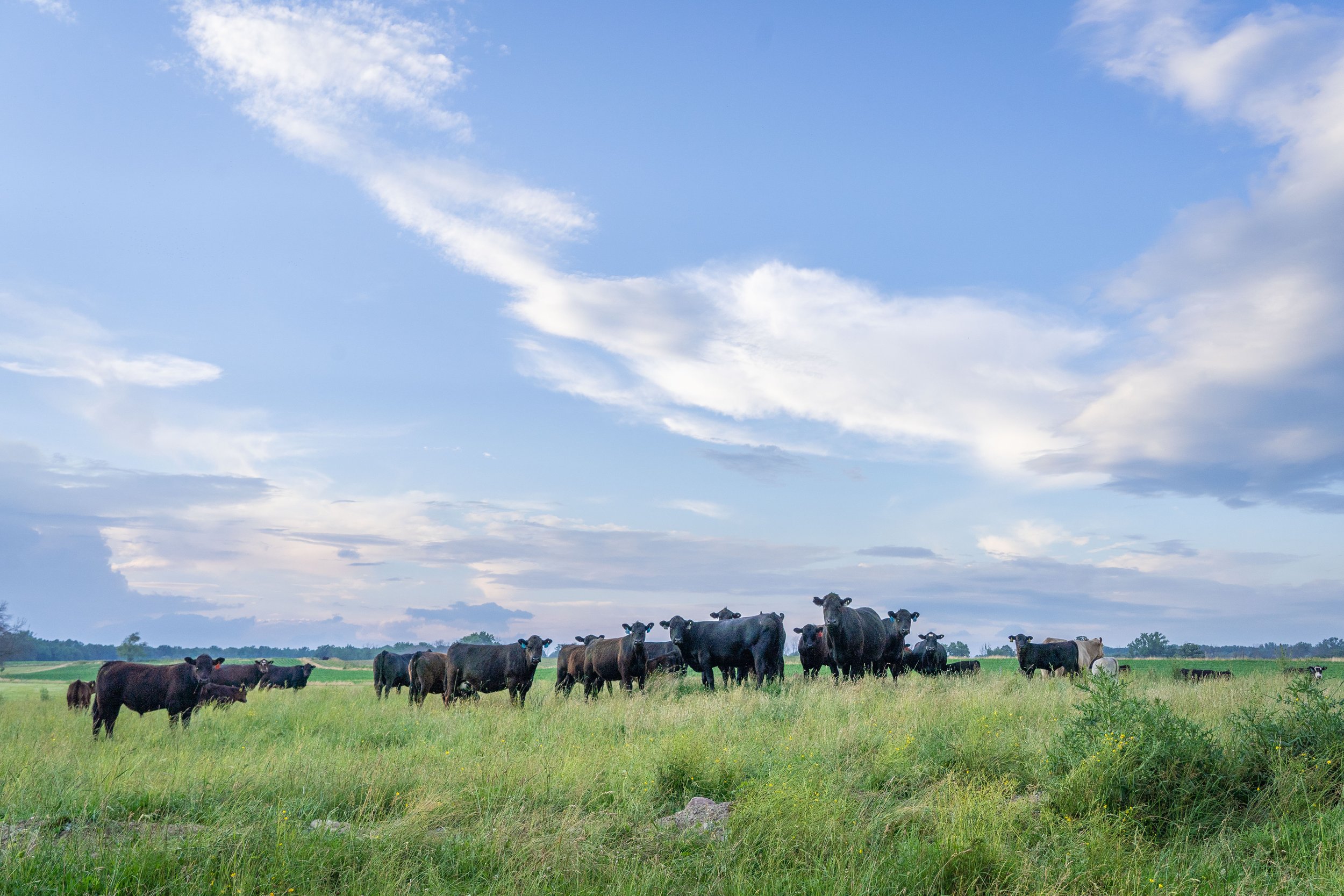Equip Your Service: Bagley Risk Management Insights
Equip Your Service: Bagley Risk Management Insights
Blog Article
The Benefits of Animals Danger Security (LRP) Insurance Clarified
Animals Threat Security (LRP) insurance policy offers as a vital device for animals manufacturers browsing the unforeseeable surface of market changes and unpredicted losses. The real worth and details of this insurance policy tool go much beyond simple security-- they embody a proactive method that can redefine the landscape for livestock producers.
Financial Defense Versus Market Volatility

LRP insurance coverage provides producers with a beneficial device to manage rate threat, supplying coverage that can assist counter potential losses resulting from negative market movements. In essence, LRP insurance policy serves as a proactive threat monitoring approach that equips livestock manufacturers to navigate the difficulties of a vibrant market landscape with higher confidence and safety.
Insurance Coverage for Unforeseen Losses
Animals Threat Defense (LRP) insurance policy offers comprehensive protection to protect animals producers versus unexpected losses in the unstable market landscape. This insurance policy gives protection in instances where unexpected occasions such as disease outbreaks, natural catastrophes, or substantial market value variations can lead to financial hardships for animals manufacturers. By having LRP insurance coverage, manufacturers can alleviate the risks related to these unexpected conditions and ensure a degree of monetary security for their procedures.
One of the key benefits of LRP insurance policy is that it enables manufacturers to personalize their coverage based on their details requirements and take the chance of resistance. This adaptability makes it possible for producers to tailor their plans to shield versus the kinds of losses that are most appropriate to their procedures. In addition, LRP insurance uses an uncomplicated insurance claims procedure, assisting manufacturers swiftly recuperate from unanticipated losses and resume their operations without significant disruptions.
Risk Administration for Livestock Producers

One secret facet of danger administration for livestock producers is diversification. By expanding their livestock portfolio, producers can spread out risk throughout various species or types, decreasing the click here for more info effect of a possible loss in any single area. In addition, maintaining exact and in-depth records can assist manufacturers identify patterns, patterns, and potential locations of threat within their procedures.
Insurance items like Livestock Danger Protection (LRP) can additionally play an essential duty in danger administration. LRP insurance coverage provides producers with a security internet versus unanticipated rate decreases, using them satisfaction and financial protection in times of market instability. On the whole, a detailed threat monitoring strategy that incorporates insurance coverage, diversity, and record-keeping can assist animals producers properly browse the obstacles of the sector.
Tailored Plans to Fit Your Needs
Customizing insurance policies to line up with the certain demands and situations of click here for info animals producers is extremely important in making certain extensive danger management strategies (Bagley Risk Management). Livestock producers face a myriad of difficulties unique to their industry, such as fluctuating market value, uncertain climate patterns, and pet wellness concerns. To deal with these dangers properly, insurance coverage carriers use tailored plans that cater to the varied requirements of livestock producers
One trick facet of navigate here tailored livestock insurance plan is the ability to customize protection limits based upon the dimension of the operation and the kinds of livestock being increased. This adaptability ensures that manufacturers are not over-insured or under-insured, allowing them to safeguard their assets properly without paying for unneeded protection.
Moreover, customized policies might additionally include specific provisions for various kinds of livestock operations, such as dairy ranches, ranches, or poultry manufacturers. By tailoring coverage to suit the unique characteristics of each operation, insurance suppliers can use extensive defense that resolves the particular risks encountered by various kinds of animals manufacturers. Ultimately, picking a customized insurance coverage policy can give assurance and monetary safety and security for livestock producers when faced with unpredicted difficulties.
Government-Subsidized Insurance Coverage Options
In considering threat monitoring methods customized to the particular needs of animals manufacturers, it is essential to check out the Government-subsidized insurance coverage options available to reduce economic uncertainties efficiently. Government-subsidized insurance alternatives play a vital duty in giving budget-friendly risk management devices for animals manufacturers.
One famous example of a government-subsidized insurance coverage option is the Livestock Risk Defense (LRP) program, which supplies security against a decrease in market rates. With LRP, producers can guarantee their animals at a specific protection degree, hence making certain a minimal price for their animals at the end of the insurance coverage duration. By leveraging these subsidized insurance policy alternatives, livestock producers can improve their economic protection and security, ultimately adding to the resilience of the agricultural field overall.
Final Thought

In verdict, Animals Risk Security (LRP) insurance policy offers monetary defense against market volatility and unpredicted losses for animals manufacturers. Government-subsidized insurance alternatives even more boost the ease of access and cost of LRP insurance coverage for manufacturers.
Animals Danger Defense (LRP) insurance policy serves as a crucial tool for livestock manufacturers browsing the unpredictable terrain of market variations and unforeseen losses.In today's unforeseeable market environment, animals producers can profit dramatically from safeguarding economic defense versus market volatility with Animals Risk Protection (LRP) insurance policy. In significance, LRP insurance coverage serves as a proactive risk management technique that empowers livestock manufacturers to navigate the obstacles of a dynamic market landscape with greater self-confidence and protection.
Animals Danger Defense (LRP) insurance coverage offers extensive insurance coverage to protect livestock producers versus unpredicted losses in the volatile market landscape.In verdict, Livestock Danger Security (LRP) insurance supplies monetary protection versus market volatility and unanticipated losses for animals producers.
Report this page